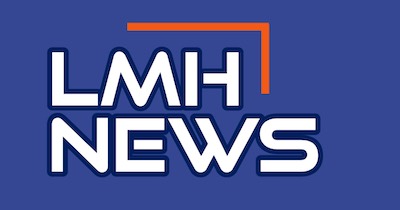
On March 11, 2024, the Administration submitted its annual set of budgetary proposals to the Congress. In this report, the Congressional Budget Office examines how those proposals, if enacted, would affect budgetary outcomes in relation to CBO’s most recent baseline budget projections. Those projections extend from 2024 to 2034 and reflect the assumption that current laws governing federal spending and revenues will generally remain in place. CBO’s baseline budget projections and its analysis of the President’s proposals are based on the agency’s economic forecast published in June, which reflects developments through early May. (In this analysis, any feedback from the macroeconomic effects of the President’s proposed policies is excluded.)
This analysis incorporates estimates of the President’s proposals that the staff of the Joint Committee on Taxation (JCT) and CBO completed as of September 17, 2024. It does not include all proposals with major budgetary effects contained in the Administration’s budget. As a result, this report does not include projections of total revenues, spending, deficits, and debt under the President’s budget. The proposals not included are estimated by the Administration to increase revenues by $1.0 trillion, on net, over the 2025–2034 period and to increase outlays by $0.2 trillion, on net, over the same period (in relation to the amounts projected in the Administration’s baseline).
Based on estimates that were available as of September 17, over the 2025–2034 period, the President’s proposals that JCT and CBO analyzed would have the following budgetary effects (in relation to the amounts projected in CBO’s baseline):
- They would increase revenues by $2.8 trillion. About a third of that estimated increase would stem from raising the corporate income tax rate from 21 percent to 28 percent.
- They would increase mandatory outlays by $2.3 trillion across a wide variety of programs, most of them related to income security; health care; and education, training, employment, and social services.
- They would decrease discretionary outlays by $0.9 trillion because requested funding designated as an emergency requirement is much less than the amount CBO projected in its baseline.
This analysis is based on CBO’s and JCT’s budget estimates, not the Administration’s. Some of the Administration’s spending proposals were not specific enough for CBO to assess their effects on outlays. When that was the case, CBO did not include the proposal in this analysis. For certain other proposals, CBO used the Administration’s estimates as placeholders because the agency concluded that those estimates represented achievable targets for the budgetary effects of detailed policies that might be proposed in the future. For example, the President proposed a program to provide access to child care for families but did not provide sufficient details about the proposal for CBO to produce an independent estimate of its costs. CBO concluded that the eligibility criteria and benefit amounts could be specified to result in the amount of spending estimated by the Administration, and therefore the agency used that estimate as a placeholder. That was also the case for proposals relating to paid leave and preschool, as well as for other proposals with smaller budgetary effects. Future estimates of the budgetary effects of the President’s proposals would depend on how those policies were specified in legislation.
For discretionary programs, CBO incorporated the funding levels requested by the President rather than using the amounts in its baseline projections. (CBO’s baseline projections reflect the effects of the caps on most discretionary spending established by the Fiscal Responsibility Act of 2023, or FRA, and the assumption that most funding will grow with inflation after the caps expire.)
CBO’s and JCT’s estimates differ from the Administration’s both with regard to what will occur under current law and what changes would result if the Administration’s proposals were adopted:
- CBO’s baseline estimates of deficits under current law are $2.0 trillion larger than the Administration’s over the 2025–2034 period.
- Excluding any effects on net interest costs, the proposals for which JCT and CBO have provided estimates would, if enacted, shrink deficits by $1.4 trillion over the 2025–2034 period, an amount that is $1.0 trillion less than the Administration estimates.
CBO and JCT estimate that the proposals would, on net, increase revenues by $1.1 trillion less over the decade than the Administration estimates, accounting for most of the difference in the projected deficit effects of the President’s proposals. CBO’s estimate of discretionary outlays under the President’s budget is $67 billion smaller than the Administration’s, and CBO’s and JCT’s estimates for proposals that would affect mandatory outlays are larger than the Administration’s by $20 billion over the same period.
Originally published at https://www.cbo.gov/publication/60438



